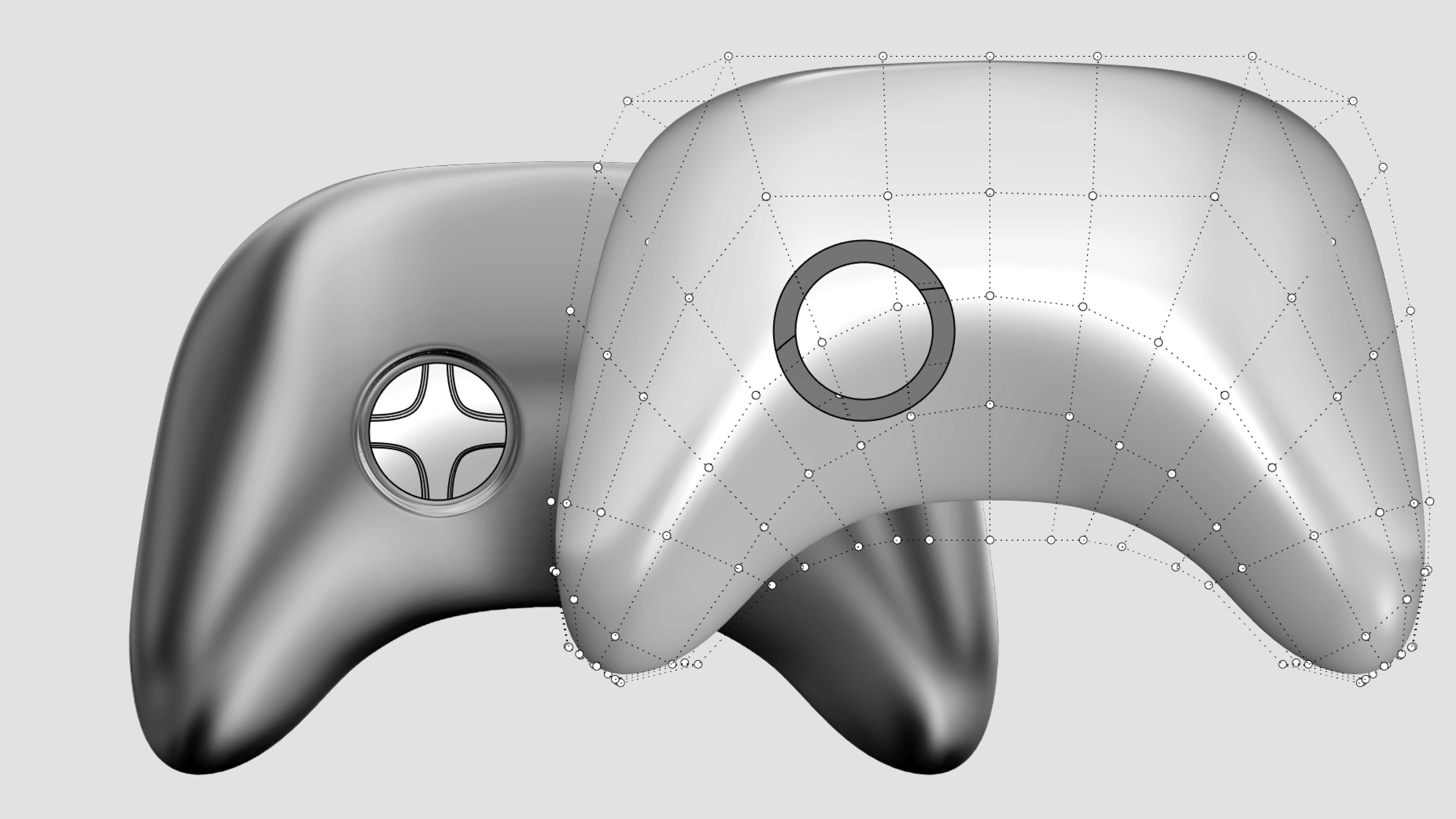Top 5 reasons why every industrial designer should learn Rhino 3D

I am an industrial designer, having a strong foundation in 3D modeling software is crucial for creating accurate and visually appealing designs. One software that has gained widespread popularity in the industry is Rhino 3D. Here are the top five reasons why every industrial designer should learn Rhino 3D:
- Versatility and flexibility: Rhino 3D is a powerful 3D modeling software that can handle a wide range of projects, from simple to complex. It can be used for creating 2D and 3D designs, as well as generating technical drawings, 3D printing models, and rapid prototypes. Its intuitive interface and easy-to-use tools make it suitable for beginners, while its advanced features allow experienced users to tackle more complex projects.
- Precision and accuracy: Rhino 3D offers high precision and accuracy in its modeling, which is essential for industrial design projects. Its NURBS (Non-Uniform Rational B-Splines) modeling system allows for the creation of smooth, organic shapes and surfaces, and its comprehensive set of tools allows for precise control over the geometry of the model. This precision is crucial for creating accurate prototypes and ensuring the final product meets the desired specifications.
- Widely accepted in the industry: Rhino 3D has become a standard in the industrial design industry, and is widely used by professionals and companies around the world. This makes it an important software to know if you want to work in the industry, as it will allow you to easily collaborate with others and work on projects that may require the use of Rhino 3D.
- Strong support community: The Rhino 3D community is active and supportive, with a large user base and a wealth of resources available online. From forums to tutorials to plug-ins and scripts, there is a wealth of information available for learning and improving your skills with the software. This support can be invaluable for those just starting out with Rhino 3D, or for those looking to take their skills to the next level.
- Versatility in file formats: Rhino 3D can import and export a wide range of file formats, making it easy to work with other software and systems. This includes popular formats such as STL, OBJ, and DWG, as well as more specialized formats such as IGES and STEP. This versatility allows you to easily share your designs with others and work on projects that may involve multiple software systems.
In conclusion, every industrial designer should consider learning Rhino 3D due to its versatility and flexibility, precision and accuracy, widespread acceptance in the industry, strong support community, and versatility in file formats. With its comprehensive set of tools and easy-to-use interface, it is a powerful software that can greatly enhance your skills as an industrial designer.
Bonus Reason:
In addition to its powerful 3D modeling capabilities, Rhino 3D also has generative design capabilities through its Grasshopper plugin. Grasshopper is a visual programming language that allows users to create complex designs and parametric models using algorithmic thinking. This means that users can define relationships between different elements of their design and create a set of rules for generating multiple design options based on those relationships.
One of the key benefits of generative design is the ability to quickly explore and iterate on multiple design options. This can be especially useful in industrial design, where the design process often involves exploring different concepts and refining them until the final product is reached. With Grasshopper, users can quickly generate and test different design variations, saving time and effort in the design process.
Grasshopper also allows users to create interactive designs that can be controlled by external variables. This means that users can define parameters such as size, shape, or material, and have the design update automatically based on those inputs. This can be particularly useful in designing products that need to be customized for different users or applications.
In addition to its generative design capabilities, Grasshopper also has a strong community of users and developers who share resources and knowledge online. This includes a wide range of tutorials, examples, and plug-ins that can help users get started with Grasshopper and take their skills to the next level.
Overall, the combination of Rhino 3D and Grasshopper makes for a powerful toolkit for industrial designers. With its comprehensive set of modeling tools and generative design capabilities, it can greatly enhance the design process and allow users to explore and iterate on multiple design options with ease.






